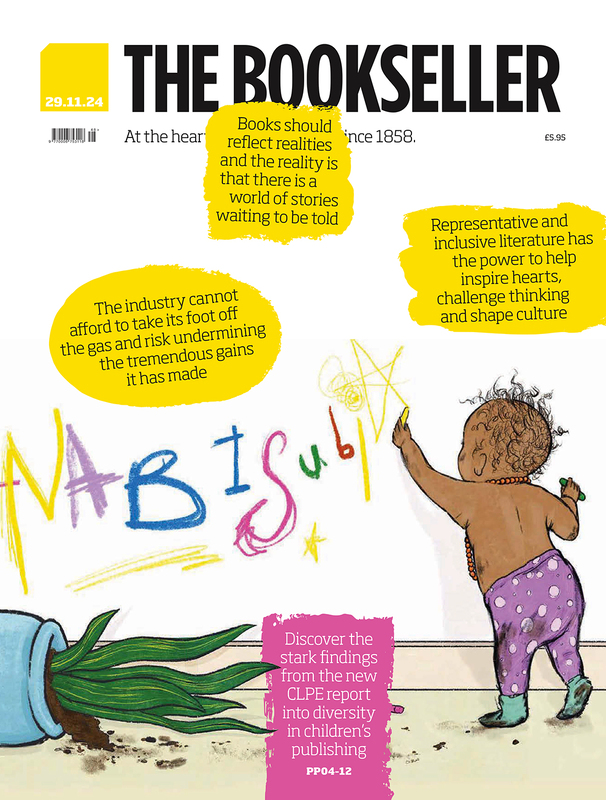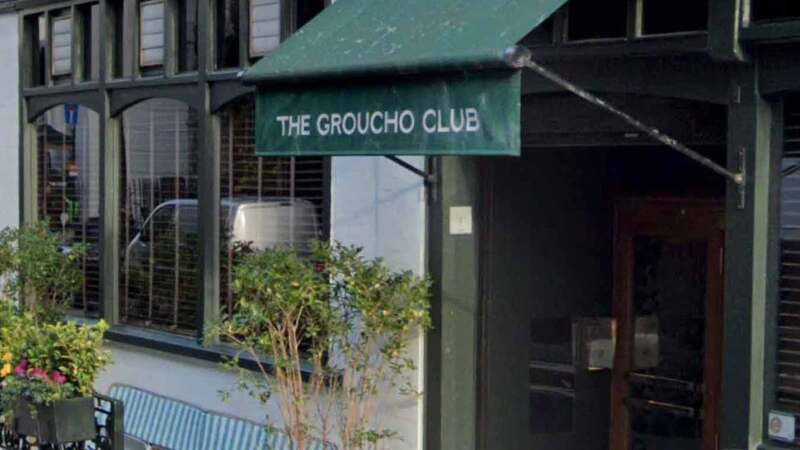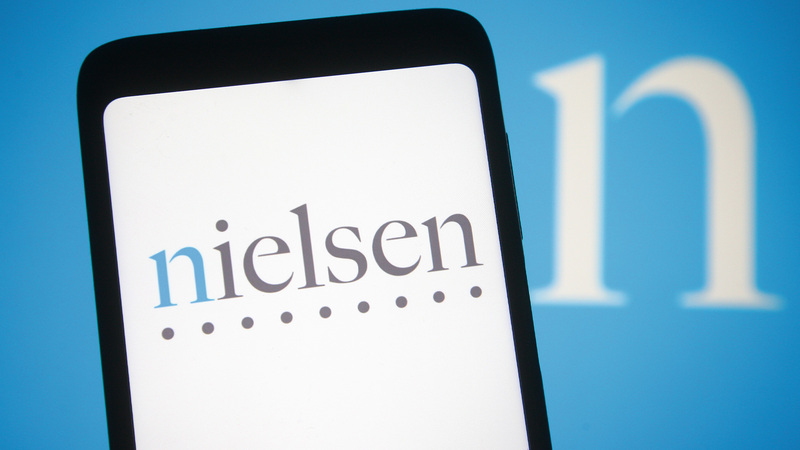You are viewing your 1 free article this month. Login to read more articles.
The big squeeze

Nielsen BookScan’s headline stats for the past few months show a solid performance for 2022 thus far. In the time range for which we have comparable year-on-year figures, mid-March to the start of July, 2022’s print market has risen 0.6% in value (£459.7m), while volume has slipped just 0.27% (53.4 million). A flat market, yes—but by comparison to a record year which saw a pandemic-fuelled reading boom time.
What those relatively cheering figures don’t reflect, though, is the how the baseline costs publishers and retailers are working with have transformed in recent months, and at speed—from the dramatic surges in paper and printing prices to the staggeringly high energy bills that will now have to be met in order to keep offices and shop premises open. To anywhere near offset that unprecedented shift, we would need to be seeing a much more robust sales rise.
Meanwhile publishers continue to be thrilled by the terrific boost that BookTok is giving some sections of the market—science fiction, romance and YA among them—even if its effect can cause unpredictable sales surges that are hard to manage
In fact, the reverse is beginning to become evident, as the cost-of-living crisis squeezes consumers’ pockets. In our look at summer reading, it seems that publishers of escapist, feel-good fiction and cosy crime, as well as compelling literary reads, have been the ones to call it right, as retailers say there is strong demand for soul-lifting fare in these depressing times—even if much of it looks destined to be read by frustrated holidaymakers stuck in the airports as their flights are cancelled. Meanwhile publishers continue to be thrilled by the terrific boost that BookTok is giving some sections of the market—science fiction, romance and YA among them—even if its effect can cause unpredictable sales surges that are hard to manage.
But as a Tesco buyer notes, the new mood of “penny-pinching” is becoming noticeable—with one sign, the supermarket’s book-buyers shifting this year from traditional hardback sales for Father’s Day to cheaper paperbacks. Anecdotally, some publishers tell us it’s the more casual purchases at supermarkets which seem to be dipping as cash-strapped shoppers rethink their budgets, amid a general decline in mass market sales, while online and e-book sales are being affected too.
Interestingly non-fiction is the biggest casualty of 2002 thus far, where the Trade Non-Fiction category is down 9.4% in volume (16.3 million units) and 7.2% in value (to £180.3m) within that mid-March to start-July period.
Books remain incredibly good value and traditionally sales have held up well in tough economic times, precisely because of that. With margins squeezed and consumer spending also tighter, publishers face an autumn of tough decisions on where prices can shift—and where they really can’t. Retailers too will be mulling their pricing, with the stats suggesting that they are already starting to hold back on discounts: the percentage coming off r.r.p. thus far in 2022 is 23.5%, according to Nielsen, the lowest in 17 years. In what is likely to be a very different autumn from usual, fresh thinking and creative approaches will be at a premium.



















